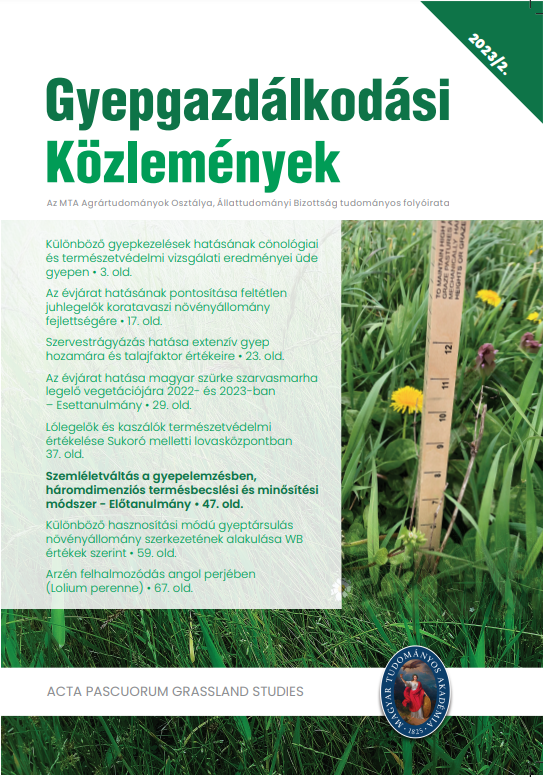Arsenic accumulation in English Ryegrass (Lolium perenne)
Authors
View
Keywords
License
Copyright (c) 2024 Grassland Studies

This work is licensed under a Creative Commons Attribution-NonCommercial-NoDerivatives 4.0 International License.
How To Cite
Abstract
Arsenic contamination globally occurs in groundwater especially in deeper layers. Soil type, structure, water availability and land use both effect its concentration which varies between 10-170 µg/l. As more deep wells have been erected to access underground aquifers, arsenic accumulation became regular risk. Plants are in direct contact with groundwater therefore potential accumulators for heavy metals or metalloids. Through the food chain, both animals and humans are able to build up certain amount of metals and metal like salts. These elements accumulate in living tissues and may interrupt crucial physiological cycles (transcription, CO2-release). We focused on English ryegrass (Lolium perenne) because its known genome sequence and wide cultivar availability. This species is often used as optimal roughage for ruminants and horses. Also used as lab-plant because its fast germination rate.

 https://doi.org/10.55725/gygk/2023/21/2/13482
https://doi.org/10.55725/gygk/2023/21/2/13482